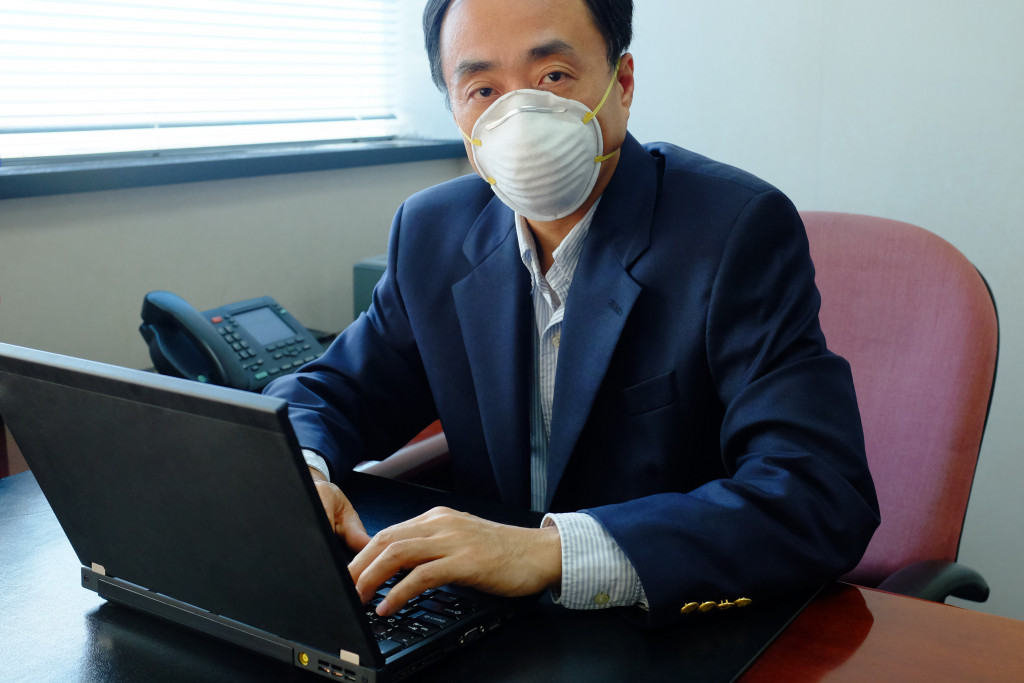Traveling is a way to take a break from everyday life. The sights you see and areas you get to explore are valuable memories that will last a lifetime. Roughly a year ago, as long as you have the time and a destination, you can go to any place you wish, but now safety is a priority. Though health protocols have relaxed, thanks to the vaccine, there are still rules you must adhere to, especially when you’re crossing state lines or visiting another city.
Although it’s impossible to have a smooth traveling experience as you’ve had in the past, you can still enjoy your adventures by keeping the factors listed below in mind.
Get Tested
Whether you do or do not have symptoms, you should still get yourself tested because you might be asymptomatic and a carrier of the virus without your knowledge. You’ll be wandering a lot of places, making it your responsibility to protect yourself and those around you. Plus, some sites also require you to complete tests before admitting you to the area.
Get Vaccinated
Going outdoors means you’ll expose yourself to different people and vice versa, so as a way to protect yourself and others from the virus, you should aim to complete your vaccine shots before you embark on your journey. Just like having yourself tested, completing your vaccine shots is also a requirement for most cities, making it the best way for you to cross borders smoothly.
Get the Required Permits
Since prevention is crucial, containing the virus is the first and foremost priority. Aside from efficiently rolling out vaccines, some cities also issue travel and health permits to see if you’re fit to travel and aren’t a threat to the local population. Acquiring a health permit also means you need to get an essential diagnosis, which will help you see if you have health problems that might make you more vulnerable to the virus.

Protect Yourself With PPE
Most people still wear masks, and some don’t, while others use a mask and face shield combo for maximum protection. When you’re traveling, you must inform yourself of the required protective gear imposed by the health officials in your destination. Instead of buying protective accessories in the area that you’re exploring, you should prepare yourself by bringing your own and limiting contact with other people as much as possible. By having your protective gear, you save money and make sure that you use adequately sanitized accessories.
For added protection, if you’re traveling with a medical practitioner, you can ask them to bring along reliable medical diagnostic tools and equipment that you can use to immediately make tests should a person in your traveling group display worrisome symptoms.
Choosing Where To Stay
If possible, a day trip is the ideal type of travel for you since it eliminates the need to check in a hotel that has possibly accommodated numerous travelers before you. Sure, hotels prioritize cleanliness and sanitation in their current operations, but you still have to give them the benefit of the doubt and keep yourself from becoming too complacent. If it’s something you really can’t prevent, you should bring your hygienic sprays and even sheets to ensure that the things you’ll personally use are clean.
Plan Your Itinerary
Unlike before, going around the city and letting your feet lead you anywhere is not an option you have these days. You can still pretty much explore, but with the virus, it’s just too much risk. Even though the point of your traveling is to spend time outdoors, you should still set boundaries and a time when you can only go out. Plus, some cities also have curfews, which do not exempt visitors. To make sure you get to do everything a tourist does in a place, you can make a well-planned itinerary featuring all the places you’d like to visit.
Avoiding Crowded Places
Besides keeping the places you want to see during your planning phase in mind, you should also craft your itinerary by choosing the least crowded locations. Selecting the best sites is challenging, especially if you plan to visit extremely famous spots, but a way around this is to pick the hours when you think the least number of people will drop by.
Choosing a restaurant to dine in also requires careful planning since these places often only have indoor spaces. As much as possible, you must select establishments that have wide-open spaces over small, crowded ones so that you can still observe proper social distancing even as you eat. A safer option is to take out your meal and eat it in your car or hotel room, where you are at least in control of the environment.
By adhering to your chosen location’s health protocols during your trips, you get to enjoy your travels and keep yourself and everyone around you safe from the virus.
